NMC Battery vs. LCO Battery: What’s the Difference?
When it comes to lithium-ion batteries, two of the most commonly discussed chemistries are NMC (Nickel Manganese Cobalt) and LCO (Lithium Cobalt Oxide). Both are widely used in a variety of applications, from electric vehicles to consumer electronics, but they differ significantly in terms of chemical composition, energy density, cycle life, and cost. Understanding the key differences between NMC and LCO batteries is essential for choosing the right battery for specific applications, whether you're powering a smartphone or an electric vehicle.
What is a NMC Battery?
Lithium nickel manganese cobalt oxides (abbreviated NMC, Li-NMC, LNMC, or NCM) are mixed metal oxides of lithium, nickel, manganese and cobalt with the general formula LiNixMnyCo1-x-yO2. The secret of NMC lies in combining nickel and manganese. An analogy of this is table salt in which the main ingredients, sodium and chloride, are toxic on their own but mixing them serves as seasoning salt and food preserver. There is a particular interest in optimizing NMC for electric vehicle applications because of the material's high energy density and operating voltage. Reducing the cobalt content in NMC is also a current target, owing to ethical issues with cobalt mining and the metal's high cost. Furthermore, an increased nickel content provides more capacity within the stable operation window. There is a move towards NMC-blended Li-ion as the system can be built economically and it achieves a good performance. The NMC family is growing in its diversity.
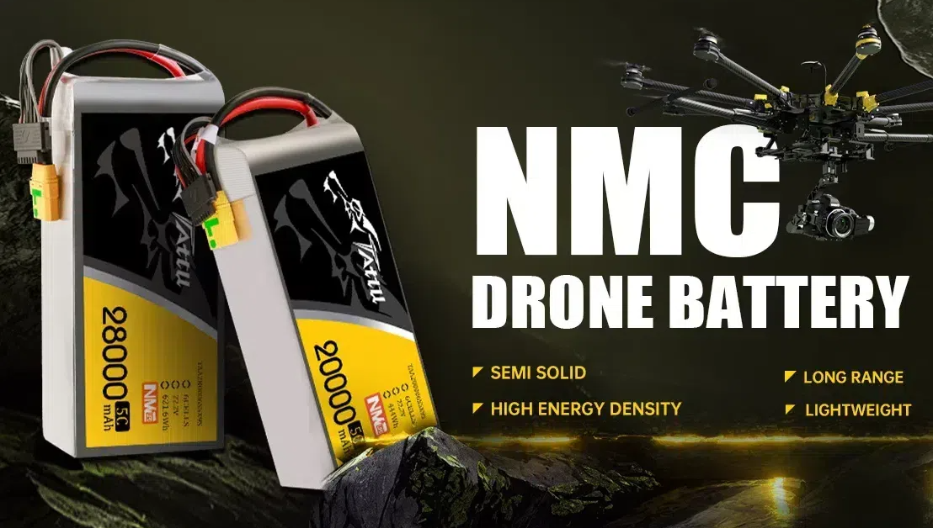
What is a LCO Battery?
Lithium cobalt oxide, sometimes called lithium cobaltate or lithium cobaltite, is a chemical compound with formula LiCoO2. Lithium cobalt oxide is a dark blue or bluish-gray crystalline solid, and is commonly used in the positive electrodes of lithium-ion batteries. Its high specific energy makes Li-cobalt the popular choice for mobile phones, laptops and digital cameras. Li-cobalt excels on high specific energy but offers only moderate performance specific power, safety and life span. The Li-cobalt is losing favor to Li-manganese, but especially NMC and NCA because of the high cost of cobalt and improved performance by blending with other active cathode materials.
What's the Structure of a NMC Battery?
Three numbers immediately following the NMC abbreviation indicate the relative stoichiometry of the three defining metals. For example, an NMC molar composition of 33% nickel, 33% manganese, and 33% cobalt would abbreviate to NMC111 (also NMC333 or NCM333). A composition of 50% nickel, 30% manganese, and 20% cobalt would be called NMC532 (or NCM523). Other common compositions are NMC622 and NMC811. New electrolytes and additives enable charging to 4.4V/cell and higher to boost capacity.
Modifying the transition metal stoichiometry changes the material's properties, providing a way to adjust cathode performance. Cobalt stabilizes nickel, a high energy active material. Nickel is known for its high specific energy but poor stability; manganese has the benefit of forming a spinel structure to achieve low internal resistance but offers a low specific energy. Combining the metals enhances each other strengths.
What's the Structure of a LCO Battery?
The LCO battery consists of a cobalt oxide cathode and a graphite carbon anode. The cathode has a layered structure and during discharge, lithium ions move from the anode to the cathode. The flow reverses on charge. The cathode has a layered structure. During discharge the lithium ions move from the anode to the cathode; on charge the flow is from cathode to anode. Like other cobalt-blended Li-ion, Li-cobalt has a graphite anode that limits the cycle life by a changing solid electrolyte interface (SEI), thickening on the anode and lithium plating while fast charging and charging at low temperature. Newer systems include nickel, manganese and/or aluminum to improve longevity, loading capabilities and cost.
What are the advantages and disadvantages of NMC Batteries?
Advantages
●Higher energy density: NNMC battery typically offer high energy density, meaning they can store a large amount of energy in a relatively small and lightweight package.This means they can store more energy at a given volume or weight, making them suitable for applications where space and weight are important factors.
●Long Cycle Life: Compared to other lithium-ion chemistries, NMC battery often have a longer cycle life, meaning they can withstand a greater number of charge-discharge cycles before experiencing significant degradation. This makes them economically viable for applications requiring frequent use and long-term reliability.
●Better charging performance: They exhibit better charging performance at low temperatures compared to some other lithium ion battery chemistries. This makes them more reliable and efficient in cold environments. Compared with other types of lithium-ion batteries, NMC batteries have faster charging speed.
●Versatility: NMC chemistries offer a degree of flexibility in composition, allowing manufacturers to tailor the battery's performance characteristics to specific applications. This versatility makes NMC battery suitable for a wide range of devices and systems.
●Affordable cost: NMC batteries generally have a lower cost compared to some other lithium-ion battery chemistries.This makes them a more cost-effective option for various applications. Their high energy density and power capacity make them suitable for these demanding applications.
Disadvantages
●Thermal Instability: NMC batteries are more prone to thermal runaway, a situation where the battery becomes uncontrollably hot, which can lead to fires or explosions. This risk is higher under extreme conditions like overcharging, overheating, or physical damage.
●Lower Cycle Life (Compared to LFP Batteries): Although NMC batteries offer a good balance between energy density and lifespan, their cycle life is generally lower compared to Lithium Iron Phosphate (LFP) batteries. NMC cells degrade faster with repeated charging and discharging cycles.
●Environmental Impact: The extraction, processing, and disposal of materials like nickel and cobalt are energy-intensive and harmful to the environment. Recycling NMC batteries is also more complex and less efficient compared to some other battery chemistries.
What are the advantages and disadvantages of LCO Batteries?
Advantage
●Good Voltage Profile: These batteries provide a stable and high voltage during discharge, which is useful for devices requiring consistent power output.
●Compact Size: Due to their high energy density, LCO batteries can be smaller and lighter, which is advantageous for applications where space and weight are critical factors (e.g., smartphones).
●Low Self-Discharge: LCO batteries tend to have a low self-discharge rate compared to other chemistries, allowing them to retain their charge over a longer period when not in use.
●Fast Charging: LCO batteries can charge quickly, which is convenient for users who need to recharge their devices frequently.
Disadvantage
●Limited Cycle Life: LCO batteries typically have a shorter cycle life compared to other lithium-ion chemistries like Lithium Iron Phosphate (LFP) or Nickel Manganese Cobalt (NMC). This makes them less suitable for applications where long life or frequent recharging is essential.
●Lower Power Output: Although they have high energy density, LCO batteries offer lower power output compared to other lithium chemistries, making them less ideal for high-power applications like electric vehicles (EVs) or power tools.
●Limited Application Scope: While LCO batteries are great for portable consumer electronics, their limitations in power output, cycle life, and thermal stability make them unsuitable for more demanding applications like grid storage or large-scale electric vehicles.
NMC Battery vs. LCO Battery: What's the differece?
NMC (Nickel Manganese Cobalt) and LCO (Lithium Cobalt Oxide) batteries are both types of lithium-ion batteries, but they differ in chemical composition, performance characteristics, and common applications. Here’s a breakdown of the differences:
Chemical Composition
NMC: The cathode material is made up of a combination of nickel, manganese, and cobalt (usually in ratios like 1:1:1 or other variations like 8:1:1 for high-nickel versions).
LCO: The cathode material is primarily lithium cobalt oxide (LiCoO₂).
Energy Density
NMC: Generally offers higher energy density compared to LCO, meaning it can store more energy in a given volume.
LCO: Has a slightly lower energy density but is often used in applications where weight is a critical factor.
Power Density
NMC:Known for good power density, meaning it can deliver a good amount of current in a short time, which is useful for high-power applications like electric vehicles.
LCO:Has lower power density compared to NMC, making it less suited for applications that require high bursts of power.
Cycle Life
NMC: Has a longer cycle life (meaning it can go through more charge-discharge cycles before degrading) compared to LCO. This makes NMC a better choice for applications like electric vehicles or energy storage, where the battery will undergo many cycles.
LCO: Has a shorter cycle life, which is why it’s often used in consumer electronics that are replaced more frequently (e.g., smartphones, tablets).
Cost
NMC: Generally less expensive than LCO, as it uses less cobalt. Cobalt is expensive and subject to supply chain issues.
LCO: More expensive due to its higher cobalt content, which drives up production costs.
Thermal Stability and Safety
NMC: Better thermal stability and safety profile than LCO, particularly in newer formulations like NMC 811. This makes it more suitable for applications like electric vehicles, where safety is critical.
LCO: Less stable and more prone to overheating and thermal runaway, which limits its use in applications where safety is a major concern.
Applications
NMC: Primarily used in electric vehicles (EVs), power tools, and energy storage systems due to its good balance of energy density, power output, and cycle life.
LCO: Commonly used in consumer electronics, such as smartphones, laptops, and cameras, where high energy density and small form factor are key.
Conclusion
In conclusion, NMC and LCO batteries each offer distinct advantages and disadvantages that make them suitable for different applications. While NMC batteries are favored in electric vehicles and energy storage systems due to their higher energy density, longer cycle life, and better thermal stability, LCO batteries remain popular in portable consumer electronics for their compact size and reliable voltage profile. As technology continues to evolve, the choice between these two battery types will depend on factors such as cost, performance requirements, and application-specific needs. As a global leading lipo battery manufacturer, Grepow offers professional customization solutions for high discharge rate and high energy density NMC battery cells and NMC battery packs to meet the needs of all knids of consumer and industrial UAV and drone applications. If you have any questions or needs, please feel free to contact us at info@grepow.com.
Related Articles
-

3D Mapping Drone Helps Create The Popular Game Black Myth: Wukong
2024-08-23 -
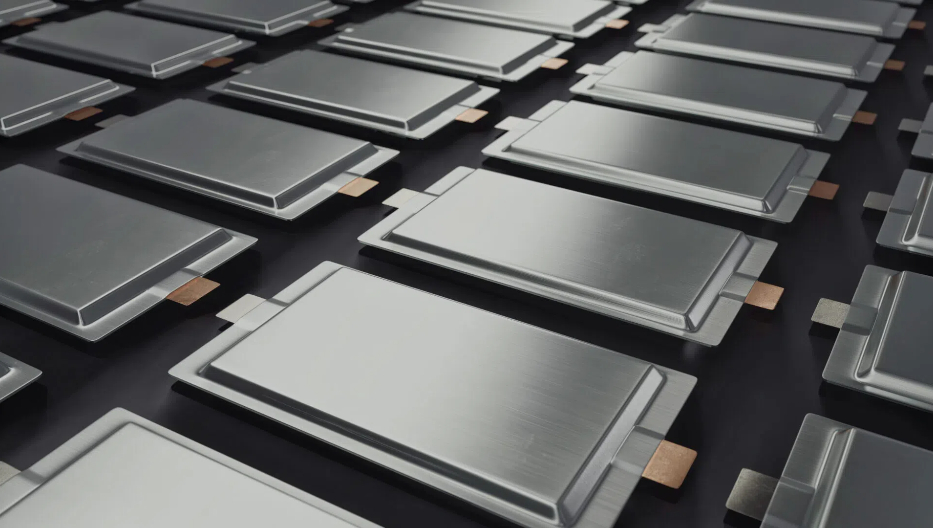
Next-Generation eVTOL Battery Technology
2024-08-22 -

eVTOL Battery vs EV Battery: What’s the Difference?
2024-08-21
Related products
-
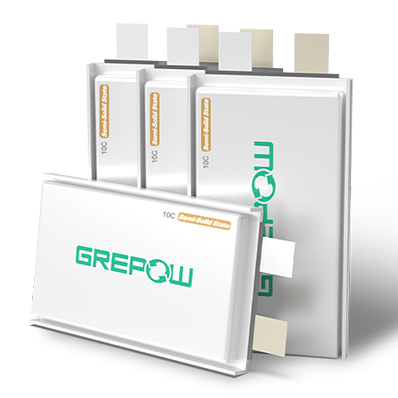
10C Semi-Solid State High Energy Density Battery
-
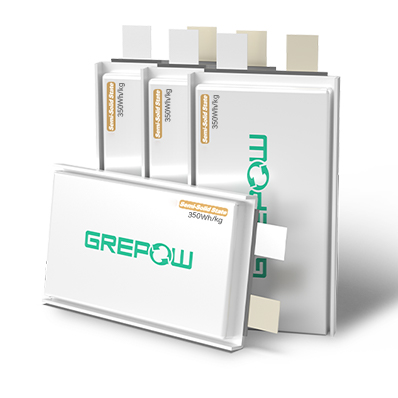
5C High Energy Density Semi-Solid State Battery
-
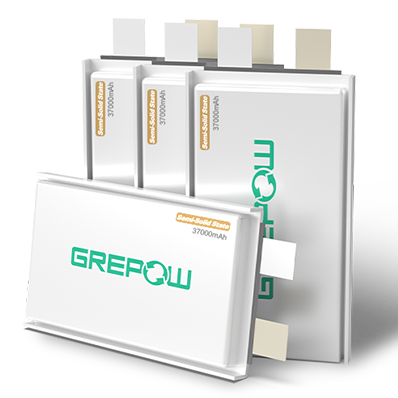
37000mAh Semi-Solid State High Energy Density Battery

















































